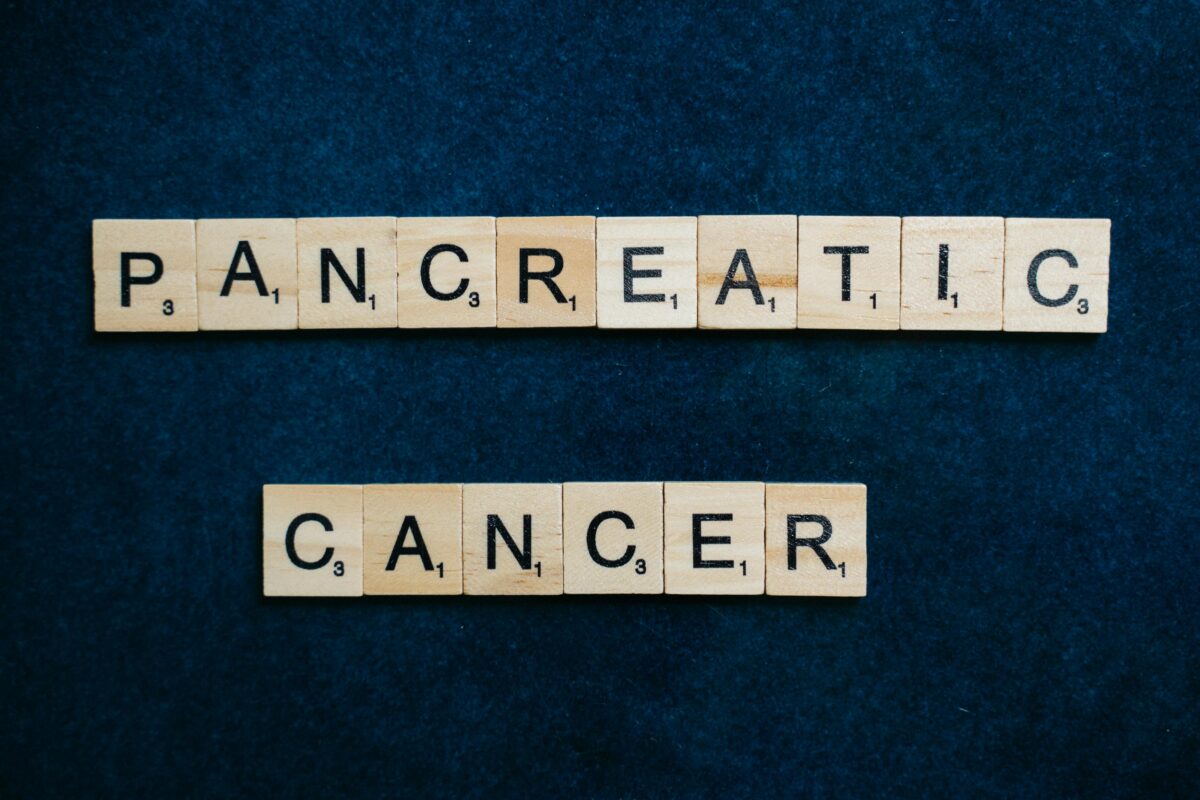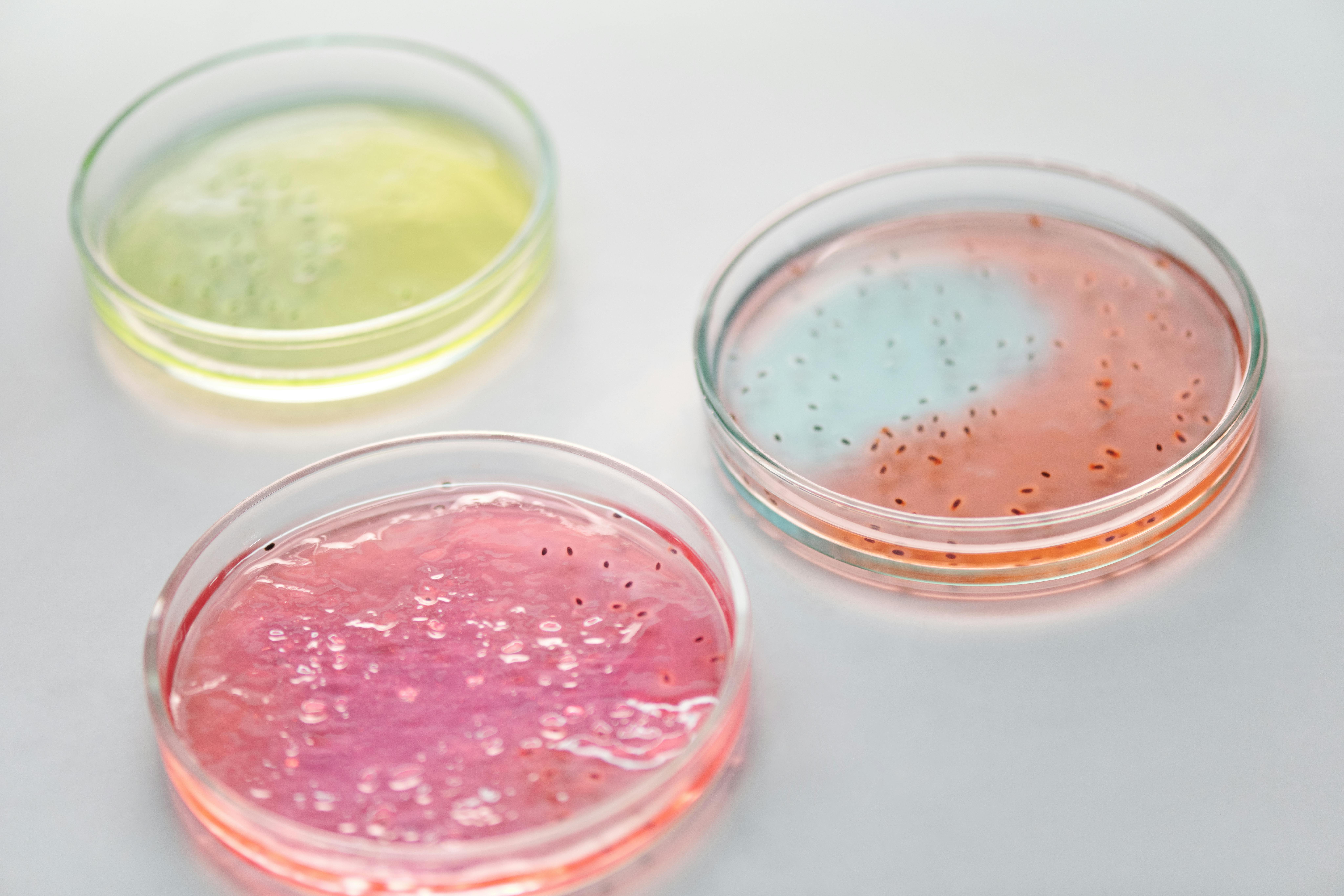Pancreatic cancer. The very words conjure a sense of dread, and for good reason. It’s often called the “silent killer” because it typically sneaks up, showing few signs until it’s dangerously advanced. At that point, treatment options become tragically limited, making early detection a desperate quest for doctors and researchers worldwide. What if the answer to this complex puzzle wasn’t hidden in sophisticated scans or painful biopsies, but rather in something as common and accessible as your own stool?
Groundbreaking new research suggests that our gut—that bustling metropolis of trillions of bacteria, fungi, and other microbes—might hold a critical clue to spotting pancreatic cancer much earlier. A recent international study, published in Gut Pathogens, reveals that people with pancreatic cancer share a distinct “microbial signature” in their gut, regardless of where they live or their background. This remarkable finding opens up a tantalizing possibility: a simple, non-invasive stool test could become a powerful tool for early screening, potentially saving countless lives.
Decoding the Gut’s Role in Cancer
This groundbreaking investigation was an “observational case-control study,” meaning researchers looked back at groups of people—some with pancreatic cancer and some healthy—to see what differences existed. The star of their investigation was the “gut microbiota,” a term for the vast community of microorganisms, primarily bacteria, that live in our digestive tracts. The scientists analyzed stool samples from 152 individuals in total: 83 pancreatic cancer patients and 69 healthy individuals from Finland and Iran. All cancer patients in the study had pancreatic ductal adenocarcinoma (PDAC), the most common form.
To get a clear picture of the gut microbes, the researchers identified and counted all the different bacteria present in each sample. This process is like taking a genetic snapshot of the entire bacterial community within a person’s gut. The study design ensured a broad perspective by including participants from two very different populations, which helped determine if any microbial patterns were truly universal.
It’s worth noting that participants who had recently received antibiotics or cancer treatments were excluded to ensure the gut microbial findings were specifically related to pancreatic cancer. While the Finnish groups were generally well-matched, the Iranian cohort showed noticeable differences in age and smoking habits between patients and healthy controls. The researchers diligently accounted for these variations in their analysis. Crucially, all samples underwent identical laboratory procedures for DNA extraction and microbial analysis, ensuring consistent and reliable results.
Microscopic Clues: Key Discoveries
The findings from this detailed exploration of gut microbes are compelling. One of the most striking observations was a “significantly lower alpha diversity” in pancreatic cancer patients. This means they had fewer different types of bacteria in their gut compared to healthy individuals. A healthy gut typically boasts a rich variety of microbes, so a reduction in this diversity often points to an unbalanced, or “dysbiotic,” microbiome, which has been linked to various diseases, including other cancers.
Beyond just the variety, the researchers found significant shifts in the specific types of bacteria present. Pancreatic cancer patients had higher amounts of certain bacteria that can potentially cause harm under specific conditions, such as Enterobacteriaceae, Enterococcaceae, and Fusobacteriaceae.
Conversely, the study revealed a significant decrease in beneficial bacteria among cancer patients. Most notably, there was a reduction in bacteria belonging to a group called “Clostridia,” especially those known for producing “butyrate.” Butyrate is a vital compound produced when gut bacteria ferment dietary fiber; it’s crucial for gut health and immune function. Its reduced presence is a significant indicator of an unhealthy gut.
Paving the Way for Early Detection
Perhaps the most exciting result was the development of a sophisticated statistical model to predict the presence of pancreatic cancer based on gut microbe data. This model, initially trained using data from the Iranian patients, performed remarkably well when tested on the Finnish patients. Its ability to accurately distinguish between cancer patients and healthy individuals was measured by something called “AUC,” or Area Under the Curve. An AUC of 0.88 is considered “excellent,” highlighting the model’s high effectiveness in identifying who had pancreatic cancer based solely on their gut microbial profile. This is particularly impressive considering the diverse geographical and cultural backgrounds of the Finnish and Iranian populations.
Even with some differences in the specific microbial communities between the Finnish and Iranian patients—likely influenced by diet and lifestyle—the overall “signature” of pancreatic cancer in the gut remained consistent enough for the predictive model to work across both groups. This consistent finding strongly supports a universal link between gut health and pancreatic cancer, transcending individual population quirks.
This research offers a powerful beacon of hope in the challenging fight against pancreatic cancer. The ability to identify a common microbial signature for the disease, particularly one that can be detected through a non-invasive stool test, is a significant leap forward. While further validation in larger and even more diverse populations is still needed, the findings from this study firmly suggest that the trillions of microbes in our gut could one day provide the early warning system we desperately need for this devastating illness. Moreover, the insights into the depletion of beneficial bacteria like those in the Clostridia group open up exciting new avenues for treatment, potentially involving the use of “next-generation probiotics” alongside traditional chemotherapy, offering a more targeted and effective approach to managing this challenging disease. The future of pancreatic cancer detection and treatment may very well begin in our guts.
Paper Summary
Methodology
This observational case-control study analyzed gut microbiota in stool samples from 83 pancreatic cancer (PC) patients and 69 healthy controls from Finnish and Iranian cohorts. All PC patients had pancreatic ductal adenocarcinoma (PDAC). Microbial communities were identified using 16S rRNA gene sequencing. While initial stool collection varied, DNA extraction and subsequent analyses were performed using identical methods.
Results
Pancreatic cancer patients consistently exhibited reduced gut microbial diversity and altered bacterial compositions. Specifically, they had higher levels of potential pathogens like Enterobacteriaceae, Enterococcaceae, and Fusobacteriaceae, and lower levels of beneficial butyrate-producing bacteria from the Clostridia class. A microbial classifier developed from the Iranian cohort successfully predicted PC in the Finnish cohort with an AUC of 0.88, suggesting a common microbial signature across populations.
Limitations
The study had a limited sample size, which affected statistical power. Healthy controls were not perfectly matched to patients in terms of age and smoking status in the Iranian cohort. Also, varying comorbidities among participants were difficult to fully control for. Initial stool sampling and storage methods differed between cohorts, though subsequent DNA processing was standardized.
Funding and Disclosures
The study was funded by HUS Abdominal Center research and project funding, with Open Access funding from the University of Helsinki. One researcher (S.P.) received funding from the Research Council of Finland and the Academy of Finland. All authors declared no competing interests.
Publication Information
Sammallahti et al. (2025). “Fecal profiling reveals a common microbial signature for pancreatic cancer in Finnish and Iranian cohorts.” Gut Pathogens, 17:24. DOI: https://doi.org/10.1186/s13099-025-00698-0 Received: 14 October 2024 Accepted: 26 March 2025 Published: 16 April 2025












